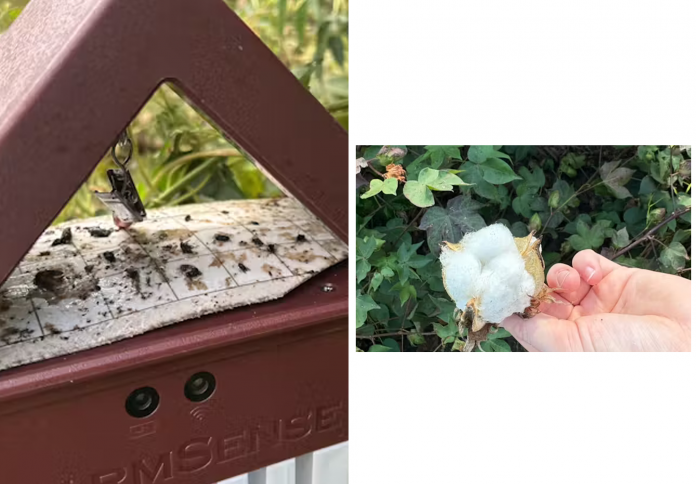Katmai National Park and Preserve in Alaska is not merely a vast expanse of wilderness; it is the protected home of the world’s largest concentration of brown bears. This remote sanctuary operates on an ancient rhythm, where the survival of North America’s apex predator hinges on the annual miracle of the Pacific salmon migration. From the iconic fishing grounds of Brooks Falls, where colossal bears must gorge to prepare for winter, to the volcanic landscape that birthed the park, Katmai offers an unparalleled and raw look at a perfectly intact ecosystem. It is a vital story of primal hunger, dramatic life-or-death survival, and the fierce, majestic beauty of the Alaskan frontier.
A Land Reborn from Fire and Ash
Katmai National Park was established in 1918, not initially to protect the bears, but to preserve the surreal geologic features surrounding the Valley of Ten Thousand Smokes. This area was devastated by the 1912 eruption of the Novarupta volcano—the most powerful volcanic blast of the 20th century. The sheer magnitude of the devastation left a moonscape of ash and steaming fumaroles that fascinated early explorers, including those from National Geographic, who documented the raw power of the earth.

Today, that volatile landscape has given way to a vigorously reborn ecosystem. Located on the Alaska Peninsula, the park is a tapestry of snow-capped volcanoes, clear lakes, braided rivers, and rugged coastlines. This remoteness and the abundance of natural resources have made Katmai the perfect, undisturbed refuge for one of the world’s most spectacular wildlife populations, proving that life eventually triumphs over the most destructive natural forces.
Brooks Falls: The Great Salmon Supermarket
The heart of the park’s wildlife spectacle lies at Brooks Falls and the Brooks River. Every summer, millions of ruby-red Sockeye salmon surge from the Pacific Ocean, navigating upstream to the exact gravel beds where they were hatched. The river’s waterfall creates a temporary, natural barrier, forcing the salmon to leap into the air, effectively turning the spot into an all-you-can-eat buffet for the brown bears.

From late June through September, bear numbers at the river are at their peak. It is here that the most iconic images of Alaska are captured: enormous bears standing patiently atop the falls, waiting for a fish to jump straight into their waiting jaws. The most dominant, largest males, or “boars,” can be seen aggressively defending the best fishing spots, known as the “jacuzzi” or “Fat Bear Lounge.” These skilled bears can consume up to 30 to 40 salmon daily during the peak of the run, converting the rich, fatty fish into the vital energy they need to survive.
The Colossi of the Coast: Size and Survival
The brown bears of Katmai, often referred to as coastal browns (and technically the same species as inland grizzly bears), are among the largest on Earth, surpassed only by polar bears in size. Thanks to their rich, protein- and fat-heavy salmon diet, they routinely outgrow their inland counterparts. By early fall, a mature male can easily weigh between 900 and over 1,200 pounds, a testament to the health of the marine ecosystem that sustains them.

Their immense size is entirely focused on a single imperative: survival through the harsh Alaskan winter. This requires them to enter a biological state known as hyperphagia—a feeding frenzy where the body’s leptin (the hormone that signals fullness) is suppressed, allowing the bears to eat non-stop. They must accumulate enough body fat to sustain them through their deep winter sleep, or torpor, which can last up to six months, during which they can lose a third of their total body mass. A fat bear is, quite literally, a healthy and successful bear.
The Worldwide Phenomenon of Fat Bear Week
The urgency of this hyperphagia phase has given rise to the park’s global celebrity event: Fat Bear Week. Hosted annually by park rangers via live webcams, this quirky, bracket-style online competition asks the public to vote for the bear that has most successfully bulked up for hibernation. It celebrates the sheer biological success of these animals in consuming and storing massive quantities of fat in a limited window.

The event is far more than just a novelty. It serves as a vital educational tool, highlighting the critical link between the health of the salmon runs and the survival rates of the bears. Champion bears like the patient veteran 480 Otis or the dominant 32 Chunk become global icons, attracting millions of votes and focusing worldwide attention on the delicate conservation efforts required to keep this pristine ecosystem intact for future generations of both bears and fish.
Conservation and Coexisting with the Wild
Katmai National Park represents a successful, yet fragile, model of human-wildlife coexistence. Despite hosting the largest protected concentration of brown bears in the world, the park is managed to minimize human impact, allowing bears to exhibit entirely natural behaviors. At the popular Brooks Camp, visitor access is strictly regulated, and observation is conducted from elevated viewing platforms and boardwalks.

The park service enforces strict safety guidelines, emphasizing the storage of food and respectful distance, ensuring that humans remain subordinates in the bears’ natural world. This vigilance is crucial, as the greatest long-term threats to Katmai’s bears are external: climate change and its potential disruption of the Pacific salmon migration cycle. Protecting Katmai is not just about safeguarding the bears; it is about protecting the entire, complex food web that has sustained them for millennia.










